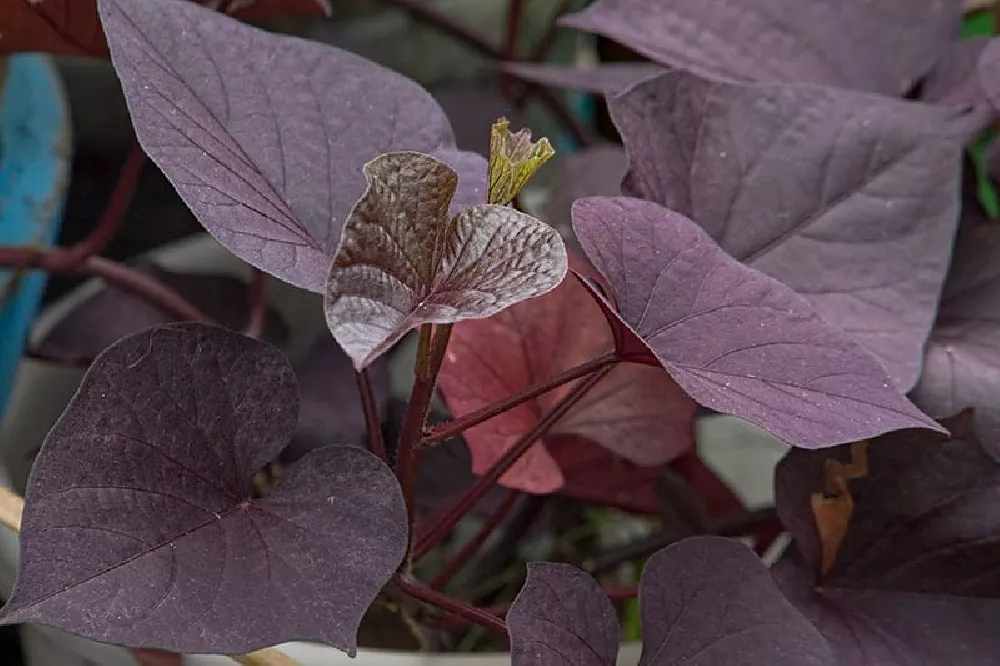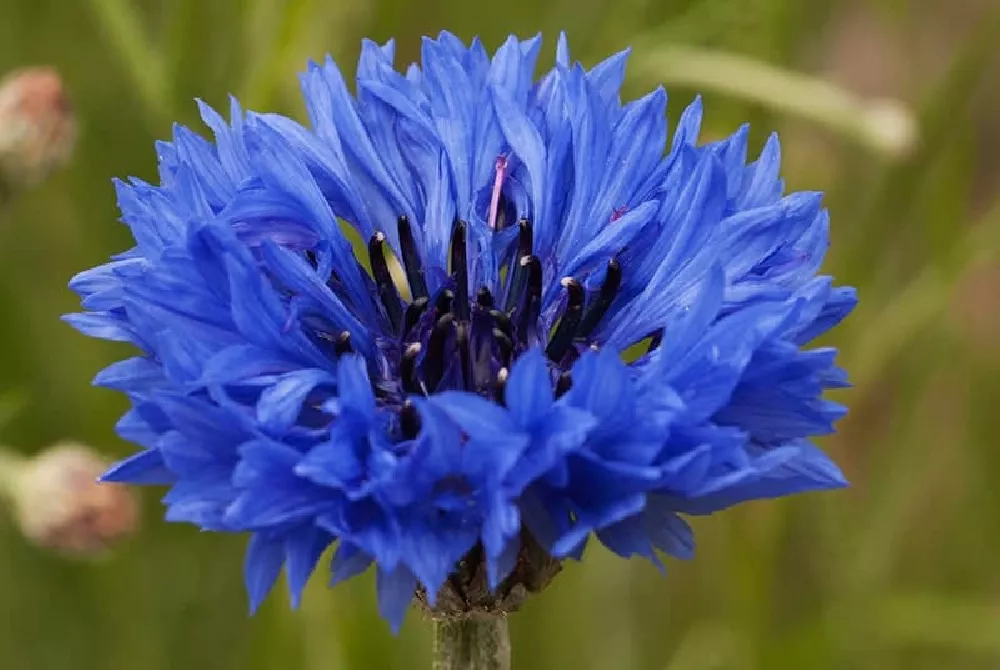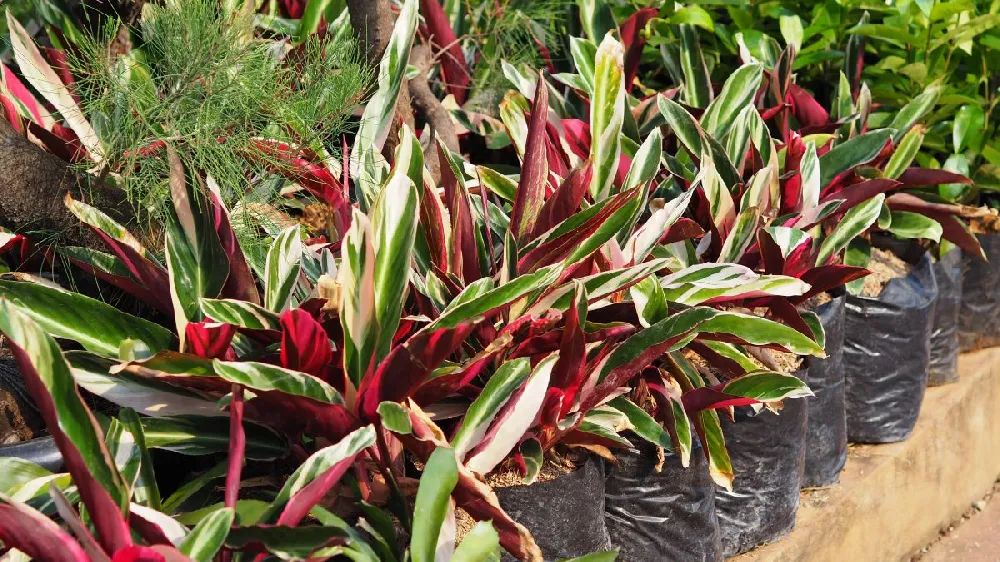- Home >
- Ornamental Plants >
- Sweet Potato Vines
Sweet Potato Vines for Sale - Buying & Growing Guide
GrowJoy - 2.5-Inch Pot - Blackie Ipomoea Plant (Sweet Potato Vine)
GrowJoy - 2.5-Inch Pot - Bright Lights Bronze Ipomoea Plant (Sweet Potato Vine)
GrowJoy - 2.5-Inch Pot - Bright Lights Deep Purple Ipomoea Plant (Sweet Potato Vine)
Enter your zip code to find nearby stores that may carry this plant.
When most people think of annuals, they imagine plants with impressive blooms. In some cases, foliage can be just as attractive as those flowers. Intriguing leaves is exactly what sweet potato vine can offer you. This annual vine, known botanically as Ipomoea batatas, spreads quickly with a long trailing habit. Each leaf has a distinct shape consisting of several pointed lobes. The colors of the leaves are noteworthy, as sweet potato vine can hold many hues, from bright green to dark purple.
- Quick growing annual vine with lovely foliage.
- Bold leaf colors including light green, red, and dark purple.
- Shows great resistance to deer browsing.
Planting and Care
Planting instructions
One of the advantages of growing a sweet potato vine is you will not struggle finding a planting area with the right amount of light. While six hours of daily sun exposure leads to the healthiest growth, this species also lives well in very shady areas.
You may choose to plant your sweet potato vine in a container or directly in the ground. In either case, you should ensure the soil has good drainage and plenty of organic matter. These conditions should lead to vigorous growth for your sweet potato vine.
Watering and nutrients
It is best to keep your sweet potato vine’s soil moist at all times. This means you should assess the soil at least once per week and determine if watering is necessary. In times of extreme heat, you can increase your watering to a daily schedule.
Fertilizer can help your sweet potato vine. Use a fertilizer that has equal amounts of nitrogen, phosphate, and potassium. Monthly fertilization during the spring and summer months will lead to the best results.
Pruning
In the proper growing conditions, a sweet potato vine will grow quickly. When left unchecked, this plant can easily expand beyond the bed or container in which you planted it. Regular pruning is a virtual guarantee for anyone who wants to grow a sweet potato vine.
You can perform your sweet potato vine pruning at any time. You can also approach pruning as you wish, as this plant will respond well to your pruning cuts. That gives you the chance to prune selectively or reshape the entirety of the plant.
Pests, diseases, and animals
Sweet potato vines can have some problems with pests. There are several varieties of insects that may begin to infest your plant from time to time. The most common insects include beetles, aphids, whiteflies, and caterpillars.
While those pests are common, the greatest threat to the sweet potato vine is the sweet potato weevil, which dramatically stunts the plant’s growth. Along with those problems, occasional root rot can occur.
Achieving maximum results
Sweet potato vine only grows as a perennial in areas as warm or warmer than USDA hardiness zone 11. If you live in a cooler region and wish to grow your sweet potato vine year-round, you have some options.
You can always decide to treat this species like a house plant. Just be mindful of how quickly this plant spreads so it does not overtake your indoor living spaces. You can also overwinter tubers and cuttings from this plant easily.
FAQs
Is the sweet potato vine the same as a sweet potato?
The sweet potato vine and sweet potato are closely related but have some important differences. While the standard sweet potato plant is primarily a crop, sweet potato vine is an ornamental version of the plant. There are important physical differences between the plants that make each of them well suited to their respective roles. For example, the tubers of the sweet potatoes are much larger, making them more suitable for consumption.
Is the sweet potato vine edible?
While a sweet potato vine adds aesthetic value to a garden, there are some portions of the plant that are edible. Most notably, the tubers. The sweet potato vine tuber is not as sweet as the tuber of a regular sweet potato plant. Other portions of the sweet potato plant should not be eaten, like the leaves.
Is the sweet potato vine poisonous?
The tubers of a sweet potato vine are edible but other parts should be avoided. The leaves are a part of the plant you should avoid eating. These leaves contain similar materials as those found in LSD. Because of that, consumption of sweet potato vine leaves can lead to adverse symptoms in pets and humans. If you grow a sweet potato vine in your yard, make sure it remains out of reach of pets and children.








